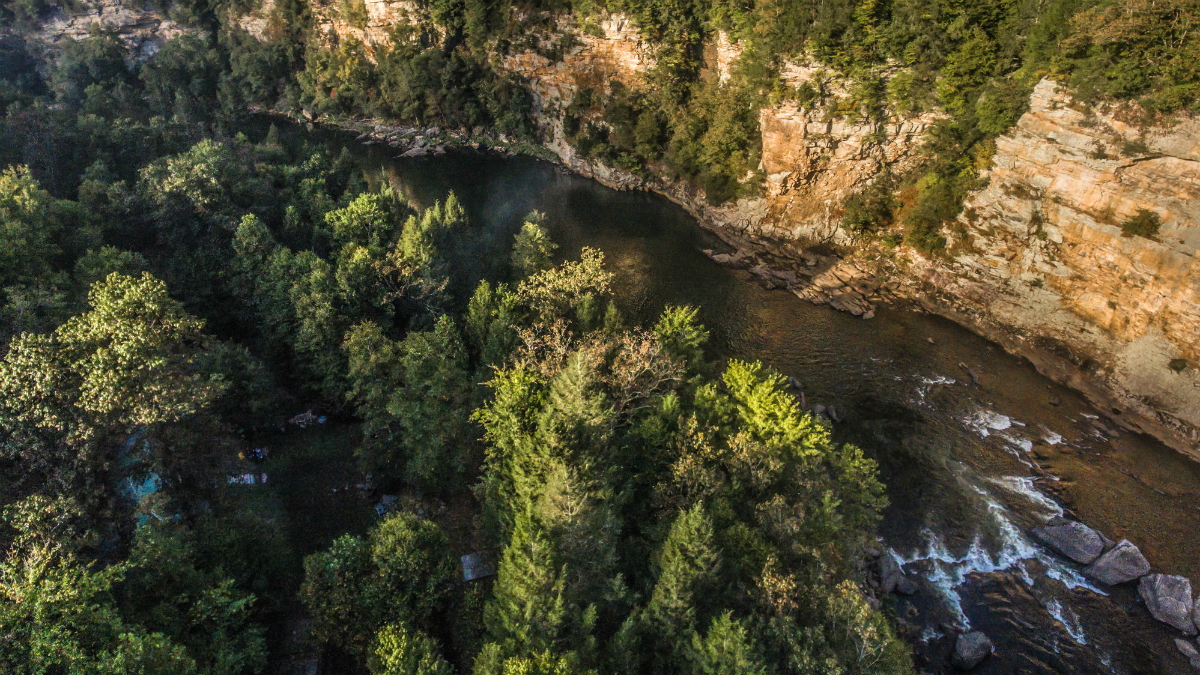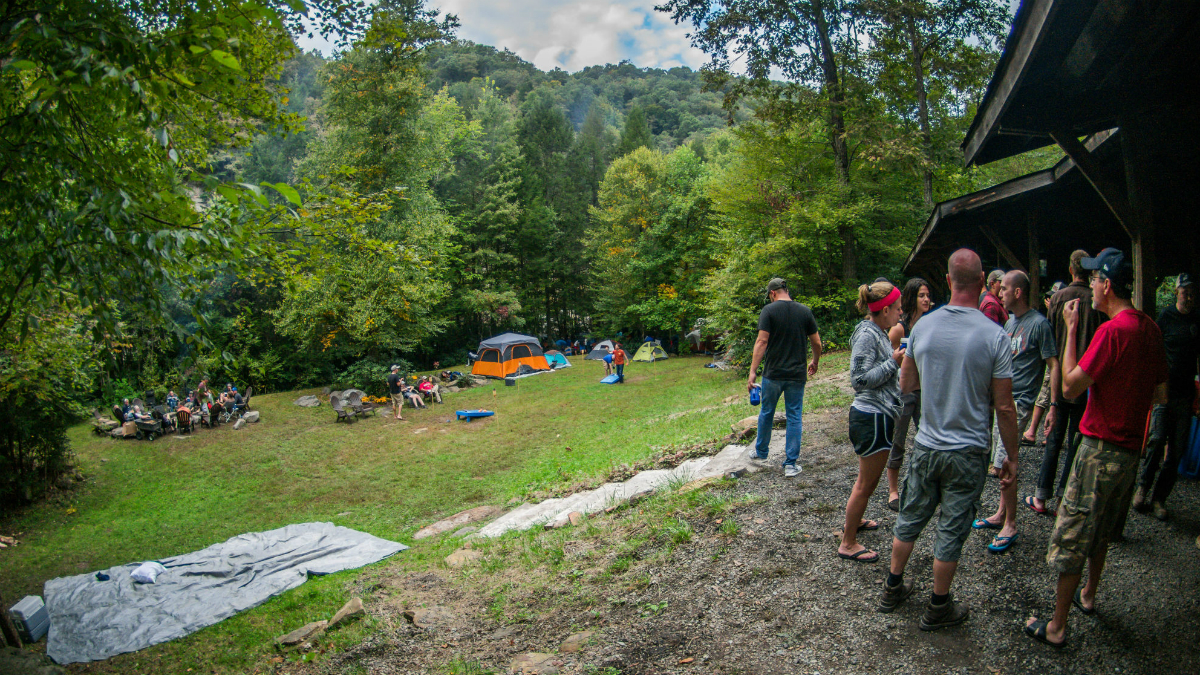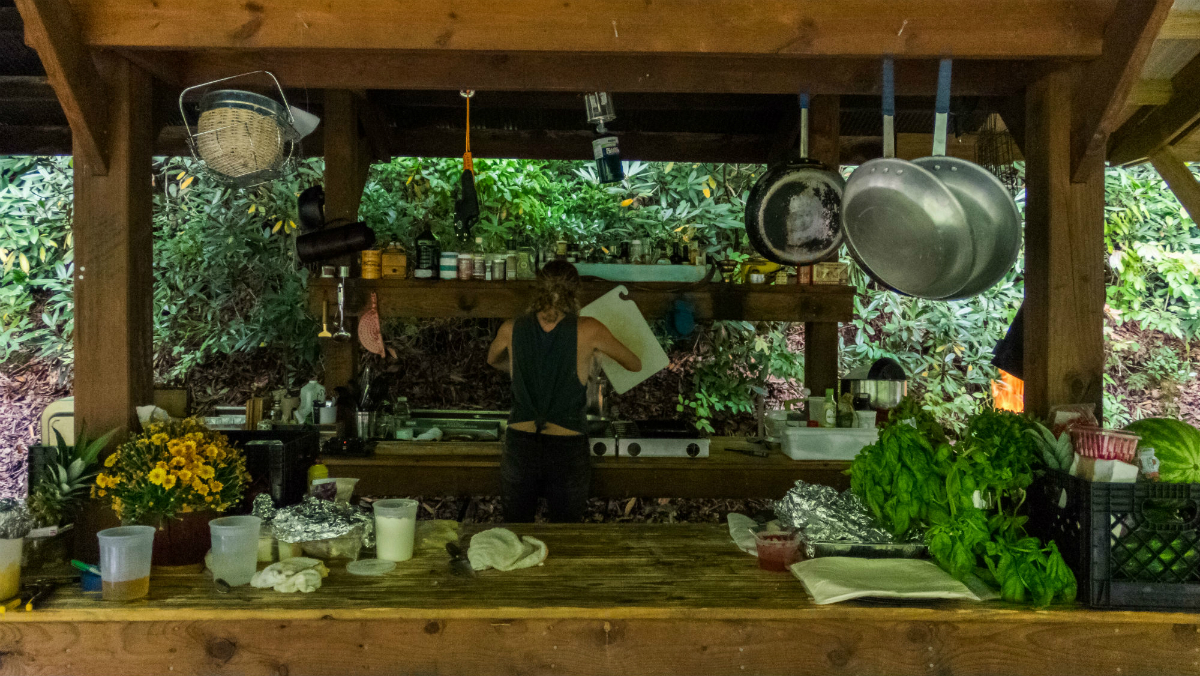For approximately six weeks starting the Friday after Labor Day, the Army Corps of Engineers begins a series of 22 controlled releases from the Summersville Dam in West Virginia. Until then, the Gauley River is fairly docile and largely dependent on rain to provide any viable whitewater rafting opportunities. However, for a small window each fall (aka Gauley season), the river becomes a mecca for thrill-seekers, adrenaline junkies, and river rats looking to ride the monstrous rapids.
Gauley River rafting consists of two sections: the Upper and Lower Gauley. The Upper Gauley features dozens of world-class rapids that come alive each season. The most notable of these are the Big Five: Sweet’s Falls, Pillow Rock, Insignificant, Lost Paddle, and Iron Ring.
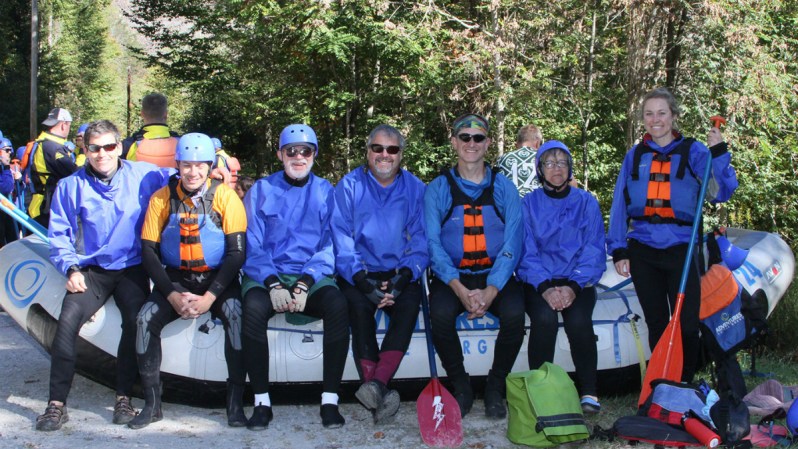
Jo-Beth Stamm has been a guide on the Gauley River for 12 years — she’s even competed on the international rafting circuit. Stamm is one of about half a dozen guides that will be leading a bus-load of adventurers on an overnight rafting trip.
My group is made up a menagerie of personalities with varying skill levels. Our outfitter, Adventures on the Gorge, requires that anyone rafting the Upper Gauley to be at least 15 years old, preferably with some whitewater rafting experience. While we meet these minimum requirements, I am amazed that we have one team member that is 75 years young.
Everyone is equipped with wetsuits and paddling jackets to combat the cool water, as well as the mandatory live vest, helmet, and single shaft paddle. We arrive at the put-in for our adventure right below the dam
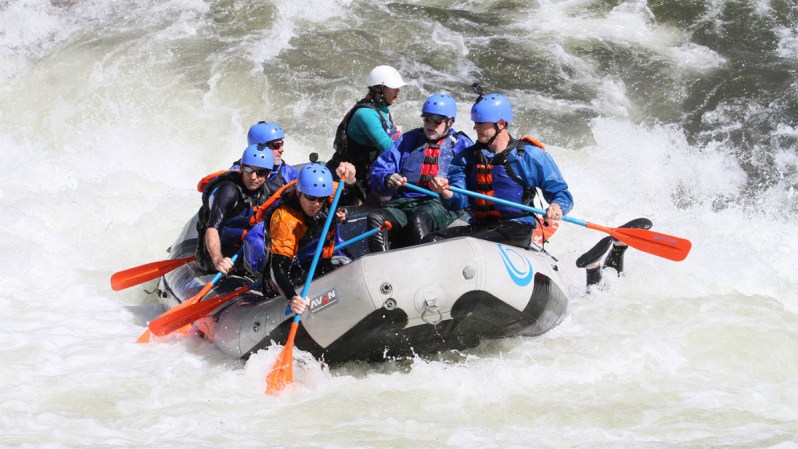
where water is pouring out at a whopping 2800 cubic feet per second. After a quick briefing, we load up in our self bailing raft and begin our descent into the belly of the beast — starting with the Upper Gauley.
“Forward! All Forward!” orders Jo-Beth.
There are times when Jo-Beth yells over the thunderous noise of the rapids to “lean in” or much less often to “get down.” There are also those moments when the adrenaline kicks in and she yells “right back” — meaning the left side paddles forward while the right paddles back — and some of us forget our left from our right and we fumble our way through the rapid. Thankfully, our 16-foot-long rafts are forgiving as they slide across those rocks right below the surface of the water, bending in all of the right places to absorb the contour of the river and sometimes not so gently bouncing off large boulders.
We have safely traversed the Big Five and are pulling ashore at the outfitter’s riverside campground at Canyon Doors. This area has a Lord of the Rings-esque appearance with steep exposed rock canyon wall looming over the camp.
The truck containing all of our personal (and dry) gear awaits us as we make our way up from the river. We grab our personal effects and a tent. Our group, not having spent enough time together already, opts to make camp along the scenic river in anticipation of a restful night’s sleep on the sandy beach. After changing and setting up our shelters for the night, most of us take advantage of the wood-fired hot tubs before dinner and discuss the highlights of the day’s adventure.
We are greeted at the dinner shelter with a pre-dinner appetizer spread of truffle-laced duck confit egg rolls, peachy elk and brie mushroom cap, and white pizza with fresh mozzarella and ricotta. It only gets better with white chocolate scallops, coriander-crusted salmon, sweet potato and apple au gratin, and pomegranate and fresh corn orzo. In addition to the fresh sangria and kegs of beer, an evening around the campfire isn’t complete until the dessert rolls out: spicy peach, white chocolate bread pudding, and saffron almond blackberry basil cobbler.
If you close your eyes and rely purely on your sense of smell, you might picture yourself dining in a four-star restaurant rather than at a wooden picnic table.
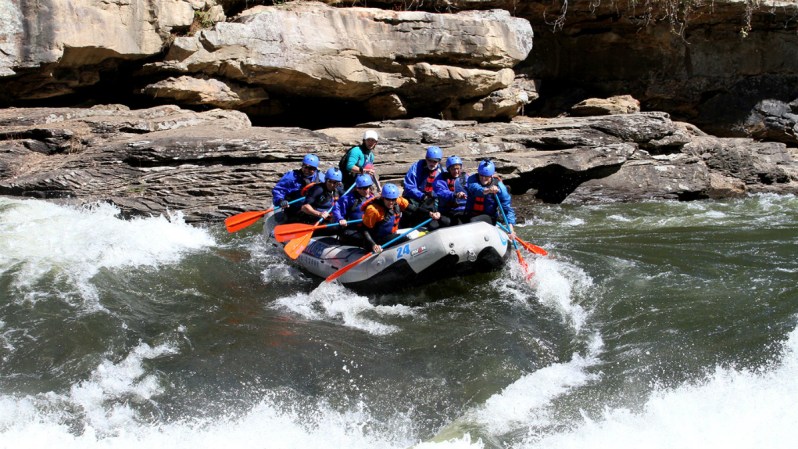
The canyon is remote, and the experience is only enhanced by the fact that we are completely off the grid. The night sky is painted with so many stars that are not visible in our own light-polluted towns. Before we retire, we make our way back to our tents guided by the lights of our headlamps.
After navigating our last series of rapids, a few of us opt to jump out of the boat and take a swim to cool off in the calm waters and soak up the last moments on the river.
Article originally published October 26, 2017. Last Article by Chase McPeak on September 9, 2018.
